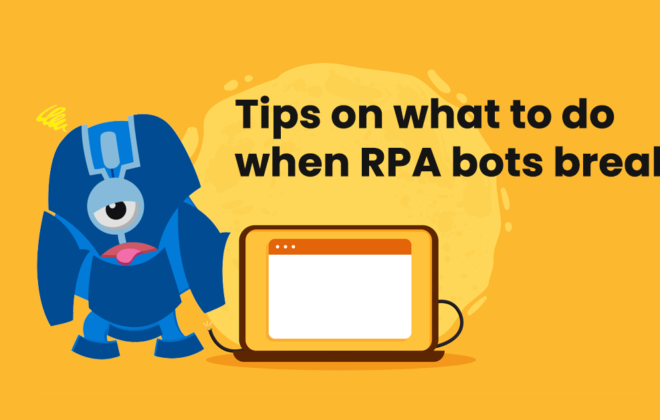How RPA and Process Mining Will Help Businesses Survive in the Post-COVID-19 Economy
In our previous blog, we discussed how the spread of the 2019 novel coronavirus (COVID-19) shows the need for automation so that industries, as well as small companies can emerge stronger from what is predicted to be a global recession.
Leveraging automation tools will be a critical part of a business recovery plan and crisis management program. The pandemic pushes businesses to keep up with the rising demands through efficiency and accuracy and there’s no better process to improve and streamline a business than automation. In order to adjust to the ongoing profit and revenue impacts of the current crisis, business leaders have to rethink how they conduct operations and invest in technology that drives greater productivity.
According to the Gartner Predicts 2020: RPA Renaissance Driven by Morphing Offerings and Zeal for Operational Excellence report, “by 2024, organizations will lower operational costs by 30% by combining hyperautomation technologies with redesigned operational processes.”
Hyperautomation is a technology that deals with the application of Robotic Process Automation (RPA), Artificial Intelligence (AI), and other automation technologies to increasingly automate processes and augment humans. The trend also made it to the Top 10 Strategic Technology Trends for 2020 report by Gartner and is described as a trend that “enterprises need to consider” as part of their technology plans and which will have a “profound impact on people across industries and geographies.”
However, one might argue that investing in hyperautomation during these difficult times is over the odds as many companies are slashing pay, furloughing workers, and taking drastic measures to reduce costs. What should one do?
One of the simplest ways to get started is to find out more about RPA and Process Mining. These automation techniques have been widely implemented together at the same time in various industries before the pandemic and have been driving substantial, company-wide benefits.
Robotic Process Automation refers to the use of software “robots” that mimic mundane and repetitive tasks usually performed by humans. These robots are especially helpful in taking your working speed to the maximum by automating rule-based end-to-end processes, while significantly reducing operating costs and increasing productivity. Process Mining, on the other hand, refers to techniques of collecting, analyzing, and generating reports about business processes. This technology helps organizations capture information from enterprise transaction systems and provides detailed information on how key processes are performing.
Process Mining takes an integral part in the multiple stages of the RPA implementation. It identifies processes that are candidates for automation, analyzes the extent to which RPA can be implemented in legacy processes and systems, and later on, provides monitoring and analysis on RPA performance for continuous improvement.
When combined with Process Mining, RPA can help remote workers carry out their roles effectively, close the gaps in existing process and business workflow, build an updated business continuity plan that could equip other manual resources to continue supporting critical processes, such as supply chain and risk management, as well as crisis management data collection and reporting.
Learn more how RPA and Process Mining can help your business here.
We are now in the era of hyperautomation. With the COVID-19 crisis bringing world economies to their knees, RPA is the key to reducing impacts that come along with it. RPA provides crucial support to avoid service disruptions, improve workforce productivity, and sustain ongoing operations during the economic downturn.





